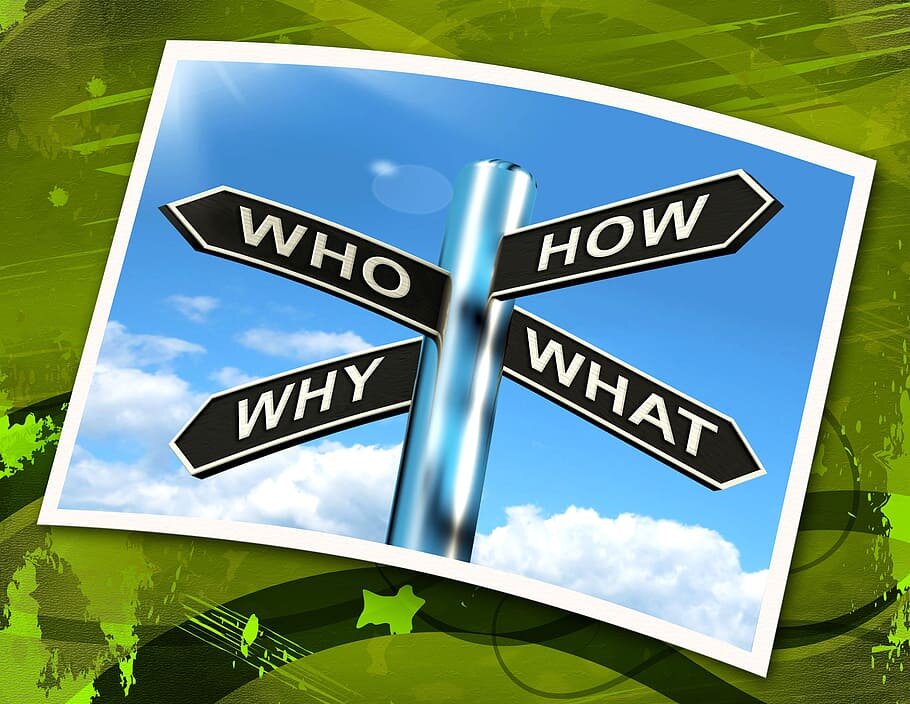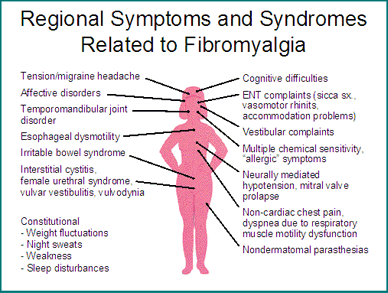Speaking to the right people.
After reading some very depressing Facebook pages and websites that were all full of doom and gloom, I decided that I needed to see someone that could really help. A specialist.
However, that in itself was a bit of a problem, who do I see?
A neurologist or a rheumatologist?
After speaking to several people, I found out I should be seeing a rheumatologist, so I went on the internet to find my nearest private hospital. I found Dr Peddasomayajula.
He was such a lovely man. He spent time with me explaining Fibromyalgia, eliminating most of the fear around it. He also confirmed that I did have it but not to worry as … drum roll please… with the right treatment symptoms can lesson dramatically and even disappear completely.
Hooray!
Dr P prescribed the right prescription for pain management as anything like paracetamol or even morphine just won’t work.
He also suggested a good diet… so no more:
Vitamin D and good multi vitamins as well as probiotics.
Alcohol… makes the symptoms worse and it doesn’t mix well with the new medication.
Too much caffeine …. makes the symptoms worse as well.
So not so much Hooray … however, if cutting back on a few things will take away the pain then I will try and it will also help with weight loss.
Stress is another big factor in Fibromyalgia. (The preferred term for Fibromyalgia is now Chronic Widespread Pain Syndrome.) Meditation, yoga and my love of Reiki will also help. Doctors are more and more in favour of their patients using meditation, mindfulness and other relaxing techniques.
Meditation doesn’t have to mean sitting crossed legged humming ‘OM’. You could also do something you love such as
Walking your dog or just walking in nearby woods.
Gardening.
Colouring, painting and drawing.
Listening to guided meditations
I hope you, my lovely readers, have found a little help in my blog. Please feel free to contact me if you would like a positive outlook on Fibromyalgia and help with meditation and Reiki.
Love and light Debs xx













